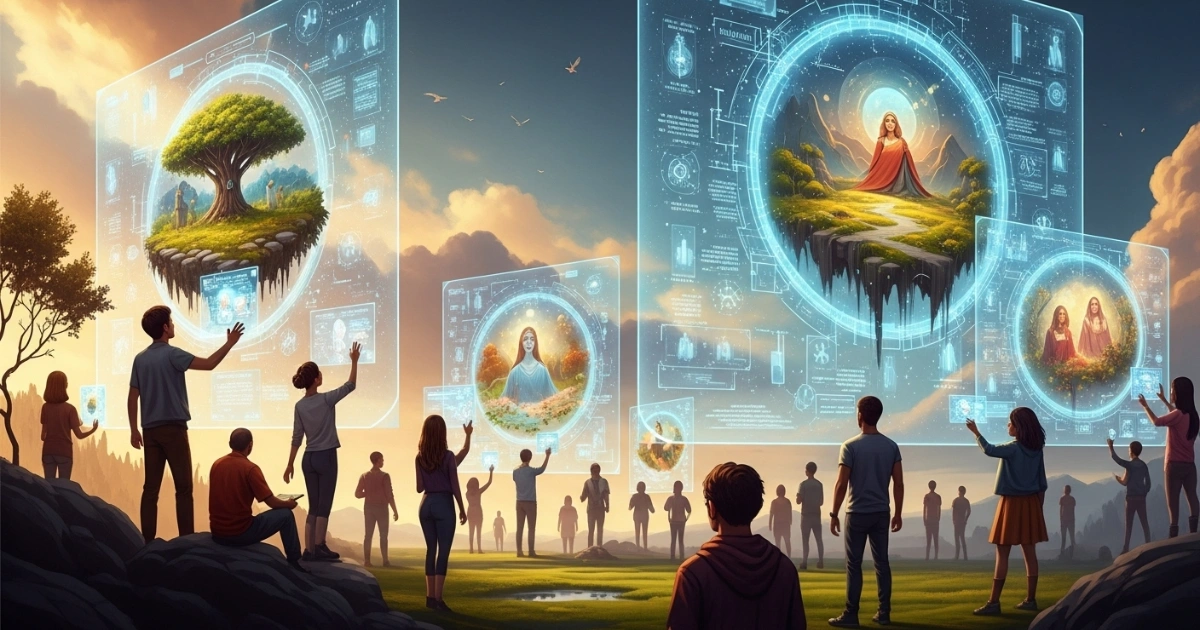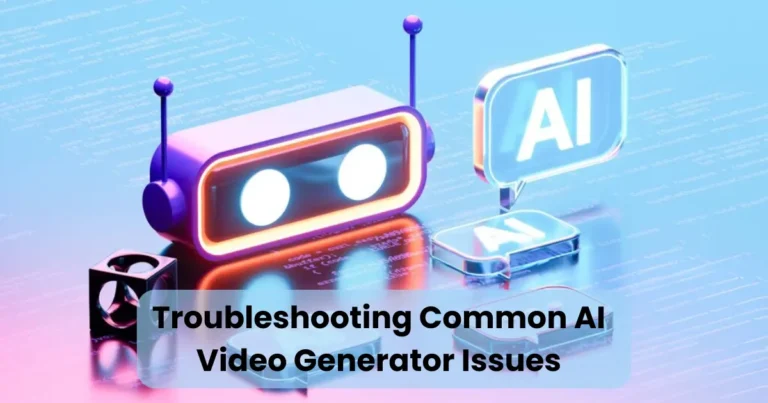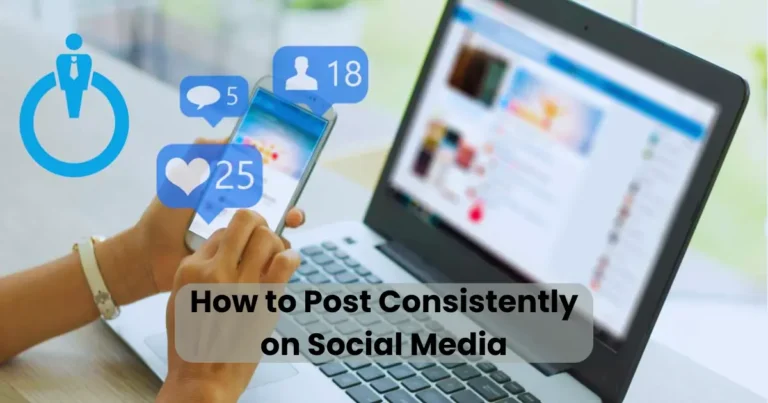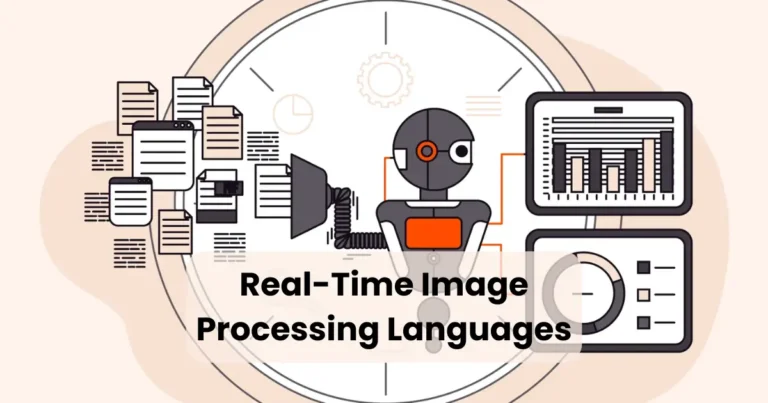Visual Mythmaking with AI Tools: Crafting Modern Legends

Contents
- 1 What is Visual Mythmaking?
- 2 The Role of AI Tools in Visual Mythmaking
- 3 Benefits of Using AI Tools for Visual Mythmaking
- 4 Top AI Tools for Visual Mythmaking
- 5 How to Create a Myth Using AI Tools
- 6 Best Practices for Visual Mythmaking with AI Tools
- 7 Challenges and Solutions in AI-Driven Mythmaking
- 8 The Future of Visual Mythmaking with AI Tools
Visual mythmaking with AI tools is revolutionizing how creators weave narratives that captivate audiences. By blending artificial intelligence with human creativity, storytellers can craft immersive myths and legends that resonate in today’s digital age. This article explores how AI tools empower artists, writers, and creators to build rich, visual stories with unprecedented ease and depth. From generating stunning visuals to shaping intricate plotlines, AI is a powerful ally in modern mythmaking. Whether you’re a seasoned creator or a beginner, these tools can elevate your storytelling to new heights. Let’s dive into the world of visual mythmaking with AI tools and uncover how you can harness them to create unforgettable narratives.
What is Visual Mythmaking?
Visual mythmaking is the art of creating stories that blend imagery, symbolism, and narrative to evoke timeless themes and emotions. Historically, myths were oral or written tales passed down through generations, often accompanied by rudimentary sketches or carvings. Today, visual mythmaking has evolved, incorporating digital art, animations, and interactive media to tell stories that feel both ancient and futuristic.
AI tools enhance this process by automating complex tasks like image generation, character design, and even narrative structuring. For instance, tools like DALL·E 3, MidJourney, and Stable Diffusion allow creators to produce high-quality visuals based on simple text prompts. Meanwhile, AI writing platforms like Jasper or Sudowrite can generate story outlines or dialogue, streamlining the creative process. By combining these technologies, creators can craft myths that are visually stunning and narratively compelling, all while saving maximum time.
Why Visual Mythmaking Matters
Myths have always shaped cultures, providing meaning and connection. In the digital era, visual mythmaking with AI tools enables creators to reach global audiences instantly. These tools democratize storytelling, allowing anyone with an idea to produce professional-grade content without needing extensive technical skills. Moreover, AI-driven visuals add a layer of universality, as images transcend language barriers, making stories accessible to diverse audiences.
The Role of AI Tools in Visual Mythmaking
AI tools are transforming every stage of the mythmaking process, from ideation to final production. Here’s how they contribute:

1. Idea Generation and Brainstorming
AI tools like ChatGPT or Grok can spark inspiration by generating story prompts, character backstories, or thematic ideas. For example, inputting a prompt like “a futuristic myth about a lost city” can yield detailed outlines or concepts in seconds. This saves maximum time for creators who might otherwise spend hours brainstorming.
2. Visual Creation
AI-powered image generators are game-changers for visual mythmaking. Tools like MidJourney or Stable Diffusion can create intricate scenes, mythical creatures, or symbolic artifacts based on text descriptions. For instance, a prompt like “a glowing phoenix rising from a cosmic void” can produce a vivid image that serves as the centerpiece of your story. These tools allow creators to iterate quickly, experimenting with styles and aesthetics to match their vision.
3. Narrative Development
AI writing tools assist in crafting cohesive narratives. Platforms like Sudowrite can suggest plot twists, character motivations, or dialogue that aligns with your myth’s tone. By analyzing existing myths or genres, these tools ensure your story feels authentic while adding fresh perspectives. This is especially useful for maintaining narrative consistency across long-form content.
4. World-Building
Creating a believable mythical world requires detailed settings, cultures, and histories. AI tools like World Anvil or Campfire, enhanced with AI integrations, help creators map out complex universes. For example, AI can generate descriptions of fantastical landscapes or cultural rituals, enriching the immersive quality of your myth.
5. Audience Engagement
AI tools also optimize how myths are shared. Platforms like Canva (with AI enhancements) or Adobe Express allow creators to design captivating social media posts or trailers to promote their stories. Additionally, AI-driven analytics can identify audience preferences, ensuring your myth resonates with its intended demographic.
Benefits of Using AI Tools for Visual Mythmaking
Using AI tools for visual mythmaking offers numerous advantages, particularly in terms of efficiency and creativity. Here are the key benefits:

- Time Efficiency: AI tools drastically reduce the time needed for tasks like image creation or story outlining, allowing creators to focus on refining their vision. This saves maximum time, especially for those juggling multiple projects.
- Cost-Effectiveness: Hiring artists or writers can be expensive. AI tools provide high-quality output at a fraction of the cost, making professional-grade mythmaking accessible to all.
- Creative Freedom: With AI handling repetitive tasks, creators can experiment with bold ideas without technical limitations.
- Scalability: AI enables creators to produce large volumes of content, from single images to entire story universes, in minimal time.
- Accessibility: Beginners can use intuitive AI interfaces to create polished work, leveling the playing field for aspiring storytellers.
Top AI Tools for Visual Mythmaking
To maximize your mythmaking potential, here are some of the best AI tools available in 2025:

1. DALL·E 3
DALL·E 3, developed by OpenAI, is a leading image-generation tool. It excels at creating detailed, imaginative visuals from text prompts. For example, a prompt like “a warrior goddess in a celestial forest” can yield a breathtaking image in seconds. Its versatility makes it ideal for crafting mythical aesthetics.
2. MidJourney
MidJourney is renowned for its artistic style and high-resolution outputs. It’s perfect for creators seeking painterly or cinematic visuals for their myths. The tool’s community-driven platform also allows users to share and refine prompts, fostering collaborative creativity.
3. Stable Diffusion
Stable Diffusion offers open-source flexibility, allowing creators to customize models for specific visual styles. It’s ideal for those who want to train AI on unique datasets to create bespoke mythical imagery.
4. Sudowrite
Sudowrite specializes in narrative development, offering tools to generate plot points, character arcs, or dialogue. Its “Story Engine” feature helps creators build long-form myths with consistent themes and pacing.
5. Runway ML
Runway ML combines image and video generation with editing capabilities. It’s perfect for creating animated sequences or short films to accompany your myth, adding a dynamic layer to your storytelling.
6. Jasper
Jasper is a versatile AI writing tool that can generate blog posts, scripts, or story outlines. Its tone customization ensures your myth aligns with your desired voice, whether epic, whimsical, or dark.
How to Create a Myth Using AI Tools
Ready to craft your own myth? Follow this step-by-step guide to leverage AI tools effectively:

Step 1: Define Your Myth’s Core Concept
Start by identifying the central theme or message of your myth. Is it about heroism, sacrifice, or cosmic balance? Use an AI tool like ChatGPT to brainstorm ideas. For example, input: “Generate five mythical story ideas about redemption.” The AI will provide diverse concepts to inspire you.
Step 2: Design Key Visuals
Use an image-generation tool like DALL·E 3 or MidJourney to create visuals for your myth’s characters, settings, or artifacts. Experiment with prompts to refine the style. For instance, “a dragon forged from starlight in a baroque style” can produce a unique visual anchor for your story.
Step 3: Build the Narrative
Use a tool like Sudowrite to outline your myth’s plot. Input your core concept and let the AI suggest a three-act structure or key plot points. Refine the output to ensure it aligns with your vision, adding personal touches to make the story unique.
Step 4: Develop the World
Create a rich world using AI tools like World Anvil. Generate descriptions of your myth’s setting, history, and cultures. For example, prompt the AI with: “Describe a floating city ruled by elemental spirits.” This adds depth to your narrative.
Step 5: Polish and Promote
Use AI-enhanced design tools like Canva to create promotional materials, such as posters or social media graphics. Leverage AI analytics to identify the best platforms and times to share your myth, ensuring maximum audience engagement.
Best Practices for Visual Mythmaking with AI Tools
To create compelling myths, follow these best practices:
- Balance AI and Human Creativity: Use AI as a tool to enhance, not replace, your creative vision. Add personal flair to AI-generated content to make it authentic.
- Iterate and Refine: Experiment with multiple AI outputs to find the best fit for your story. For example, generate several versions of a character’s appearance before finalizing.
- Maintain Consistency: Ensure visuals and narratives align in tone and style. A dark, gritty myth should have visuals that match its mood.
- Optimize for SEO: When sharing your myth online, use keywords like “visual mythmaking with AI tools” in headings, alt text, and captions to boost discoverability.
- Engage Your Audience: Use AI analytics to tailor your myth to audience preferences, such as trending themes or visual styles.
Challenges and Solutions in AI-Driven Mythmaking
While AI tools are powerful, they come with challenges. Here’s how to address them:
- Challenge: Lack of Originality
Solution: Customize AI outputs by combining multiple prompts or editing results manually. This ensures your myth feels unique. - Challenge: Technical Learning Curve
Solution: Start with user-friendly tools like Canva or Jasper, which require minimal technical knowledge. - Challenge: Over-Reliance on AI
Solution: Use AI for inspiration or repetitive tasks, but always infuse your personal voice and perspective. - Challenge: Ethical Concerns
Solution: Ensure AI-generated content respects copyright and cultural sensitivities. Use tools with transparent data policies.
The Future of Visual Mythmaking with AI Tools

As AI technology advances, visual mythmaking will become even more immersive. By 2030, we can expect AI tools to offer real-time 3D rendering, interactive storytelling, and seamless integration with virtual reality. These advancements will allow creators to craft myths that audiences can experience firsthand, blurring the line between story and reality. For now, tools like DALL·E 3 and Sudowrite are paving the way, enabling creators to push creative boundaries while saving maximum time.
Conclusion
Visual mythmaking with AI tools is a transformative approach to storytelling, blending cutting-edge technology with timeless creativity. By leveraging AI for ideation, visual creation, and narrative development, creators can craft myths that captivate and inspire. Whether you’re designing a celestial warrior or weaving a tale of cosmic redemption, AI tools empower you to bring your vision to life with efficiency and flair. Start experimenting with these tools today, and unlock the potential to create legends that resonate across cultures and generations.






